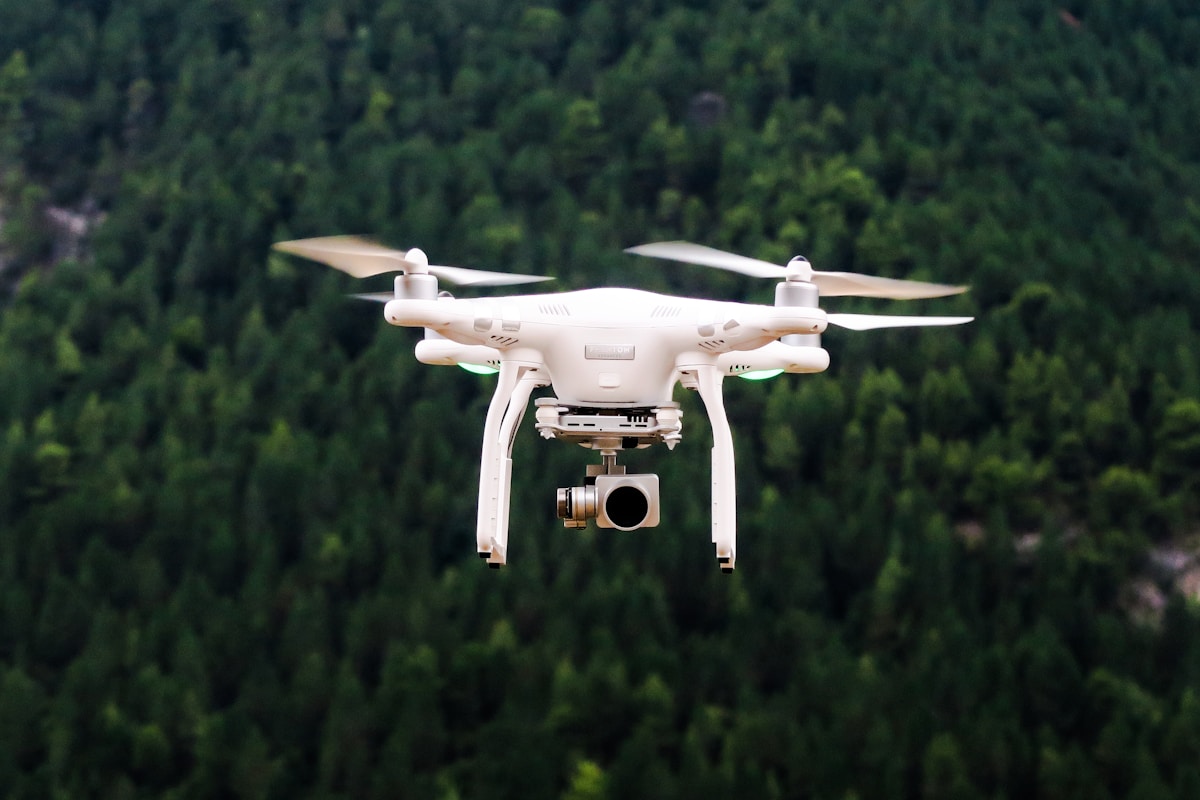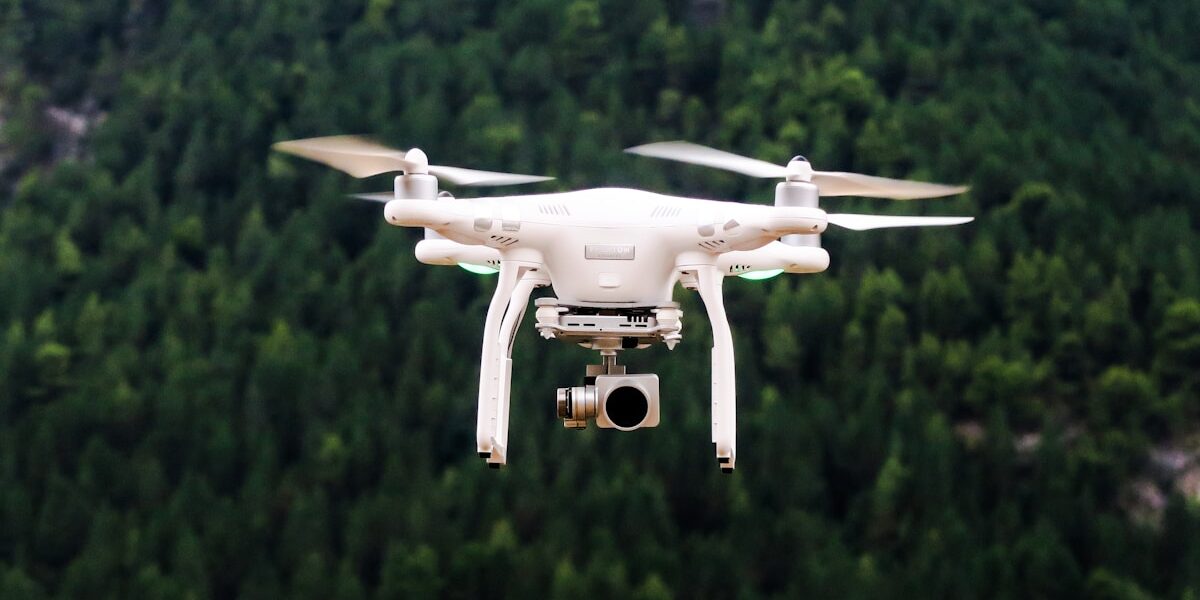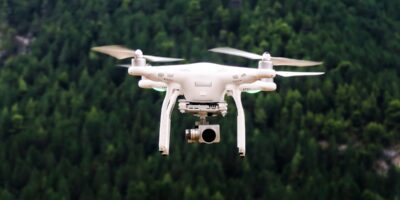Ever since the Wright brothers first took to the skies, humans have been fascinated by the freedom and complexity of flight. For many, piloting an aircraft remains an elusive dream, often hindered by financial, physical, or time constraints. However, the advancement of technology has offered us the next best thing: flight simulators. These sophisticated programs promise a nearly authentic flying experience, accessible from the comfort of one’s home. But just how close does virtual piloting come to the real deal? Let’s explore this question in detail to understand the realism and limitations of flight simulation against actual flying experiences.

From Desktops to Cockpits: The Evolution of Flight Simulators
The origin of flight simulators dates back to mechanical systems designed to train pilots without the risks and costs of real flight. Over the years, they have evolved from simple training rigs to incredibly advanced computer software that not only helps train professional pilots but also serves aviation enthusiasts. The most advanced simulators replicate the aircraft’s cockpit with striking precision, providing actual switches, gauges, and responsive controls. Even the motion of the aircraft can be mimicked through hydraulic or electric motion platforms that tilt and shake the ‘cockpit’ in response to the virtual pilot’s inputs and simulated external conditions.
High-Fidelity Flight Dynamics and Environmental Factors
Modern flight simulators incorporate advanced flight dynamics algorithms that can generate realistic feedback for a wide variety of scenarios. These include normal and extreme flight conditions which pilots might not frequently encounter, such as engine failures, severe weather, or emergency landings. Simulators can model the nuances of air density changes, temperature effects, and aerodynamic principles, allowing pilots to practice responses to these variables in a safe and controlled environment.
Simulated flight environments also factor in real-world data such as weather patterns, air traffic, and even the time of day, providing an immersive experience that closely mirrors actual flying conditions. This level of detail serves not only to educate but to deeply engage the user, encapsulating the allure and unpredictability of piloting.
The Learning Curve and Accessibility
One of the primary benefits of flight simulators is the democratization of aviation knowledge. They offer a practical and cost-effective solution to understanding the principles of flight, aircraft operations, and navigation. For students or potential pilots, this access to a pseudo-cockpit can ease the learning curve before entering a real aircraft. For enthusiasts and gamers, it can provide an engaging pastime that satisfies their curiosity about flight mechanics and aircraft control.
Flight simulators are also a boon to accessibility, as they remove physical and economic barriers to the flying experience. Those who are unable to pursue a pilot’s license due to health reasons or other limitations can experience the thrill and challenge of flight in a virtual space. Additionally, the costs associated with virtual flight are exponentially lower than those for actual flight training and craft operation.
The Psychological and Sensory Discrepancy
Despite the technological leaps made in simulation, there remains a psychological chasm between virtual and actual flight. Real-world piloting comes with a profound sense of responsibility, stress, and the physical sensations of flight, none of which can be entirely replicated in a simulation. The adrenaline rush of liftoff, the g-forces felt during maneuvers, and the profound silence when cruising at altitude are all experiences that are diluted in the simulated world.
Flight simulation also struggles to replicate the sensory overload and decision-making processes demanded in a real cockpit. The life-and-death stakes, particularly in emergency situations, cannot be authentically simulated. This discrepancy can lead to different reactions, decisions, and levels of engagement than those that would manifest in real flying conditions.
The Role of Simulators in Pilot Training
Despite these differences, flight simulators play an essential role in pilot training. They offer an environment where pilots can repeatedly practice procedures and deal with failures without the associated risks. This contributes to building muscle memory and decision-making skills — especially for complex or dangerous scenarios that cannot be safely replicated in real life. Many aviation authorities recognize the value of simulation and mandate its use as part of formal pilot training programs.
A real testament to the efficacy of simulators is anecdotal evidence from pilots who have encountered emergencies in flight. Many recount how their intensive simulation training kicked in, allowing them to resolve the situation successfully, a point that underscores the real-to-simulated skills transfer.
The Community and Continuous Advancements
The flight simulation community is a thriving and constantly evolving facet of the aviation industry. It includes not only pilots and trainees but also hobbyists, engineers, developers, and educators. Together, they contribute to the advancement of simulation technology, striving for ever-greater realism and immersion. The shared knowledge and passion for aviation bind this community, as they work towards a common goal of making simulation as close to reality as possible.
Virtual Reality (VR) and Augmented Reality (AR) are the newest frontiers in flight simulation technology. These platforms promise to further close the gap between sim and sky by offering full 3D immersion in a virtual world, enhancing the sensory experience to unprecedented levels. Although still in their infancy with respect to widespread adoption in flight training, these technologies offer exciting potential for the future of simulated flight.
The Bottom Line: A Complement, not a Replacement
The question ‘Is flight simulation like flying?’ doesn’t have a simple answer. Flight simulators provide a rich, immersive, and educational replication of the flying experience, yet fall short of encapsulating the totality of sensations and responsibilities integral to piloting an actual aircraft. While simulation is an invaluable tool for training and enthusiast engagement, it remains a complement, not a replacement, for the act of flying.
Crowning flight simulation as an equal to physical flight would be an overstatement. Yet it’s undeniable that the line between the two is blurring as technology marches on. As each year brings new improvements, simulators continue their ascent toward the realism promised by the skies, proving to be indispensible both in their cultural impact and their practical applications within the world of aviation.
For now, flight simulation stands as the closest approximation most people can access, offering a glimpse of the skies to those grounded and enriching the skills of those who soar. As we push the boundaries of what is possible within the digital domain, the experience of flight will continue to evolve, potentially changing our answer to the question in the years to come. Until that time, we can engage our imaginations and marvel at the virtual skies, while recognizing the unique and unparalleled adventure that real-world flying continues to be.
Flight simulation is a marvel in its own right, a convergence of technology, education, and human aspiration; a testament to our enduring dream of taking to the skies. Whether utilized by the aspiring pilot, the seasoned veteran, or the passionate hobbyist, flight simulators remain a groundbreaking tool that allows the earthbound to touch the heavens, even if through a screen.




Subscribe for Updates
Get the latest articles delivered to your inbox.
We respect your privacy. Unsubscribe anytime.